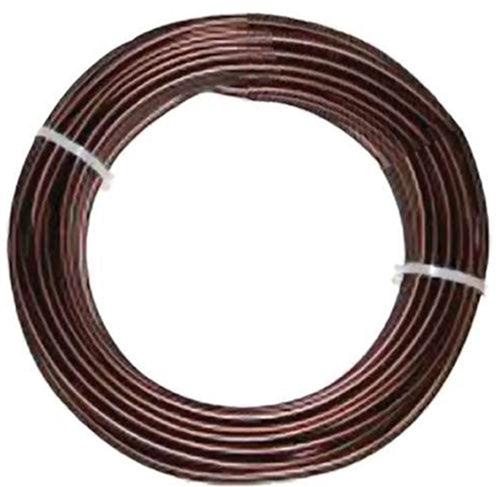Today we're going backwards in time through the centuries to the Japanese Imperial Bonsai collection. There may be some trees in bonsai pots that are older, but precious few that have spent nearly as much time living in bonsai pots.

This Goyomatsu (Japanese white pine) from the Japanese Imperial collection is said to be 550 years old. And it shows it!

By our contemporary standards, this Needle juniper might seem somewhat quaint. But when you consider that it's 230 years old (give or take) and that efforts have been made over the years to keep it as true to its original style as possible, then we can appreciate it for what it is. Which, by the way, is quite impressive.

"Bright reddish leaves cover a 'De-Shojo momiji (Acer palmatum 'De-Shojo') in the budding season in April, as shown in a photo. Most of those leaves turn green in summer, but some remain red. They turn red again in autumn before the tree loses leaves toward winter." Quoted from the Imperial Bonsai website.
The tree is about 50 years old. Its height is 95 cm (37.5''). If you'd like to dig in further, there's more on this tree and the others shown at the Imperial site.

Another momiji (Japanese maple). This one is a Seigen (Acer palmatum 'Seigen'). Its age is about 100 and its height is 74cm (29''). Here's a teaser from the Imperial Site... "Red leaves bloom from the tree in April. The color is not as vivid as hues found in the leaves of "deshojo," another momiji species (above), but it is a cherished spring color."

This Fuji Japanese wisteria (Wisteria floribunda Fuji) is about 450 years old! Its height is 83 cm (almost 33''). This time we'll show you the entire quote from the Imperial site.... "The tree age is astonishing. Despite the great age, this tree continues to bloom flowers powerfully every year without showing any signs of weakening.
The viewing season falls in late April. But this year, the Fuji tree sent out flowers a bit earlier than usual. The Fuji was in full bloom in mid-April with its long bunches hanging down.
After the flower season is over, what appears to be a dent which looks like a hole comes to be seen in the lower part of its trunk. But it is not a hollow hole, but a work of natural formation that has grown into something like a dent over a long period of time.
Despite the large size of the tree, it is planted in a relatively small pot. The vessel is overcrowded with tree roots. So, the Fuji tree is transplanted once in every two years with the roots being unstiffened (untangled?).
This is considered to be a species of the original Fuji, or the so-called yamafuji (silky wisteria), that had not been modified."

At least two things set this Root-over-rock Trident maple (Kaede Ishitsuki - maple planted on a rock) apart from thousands of other root-over Trident maples on this planet. First, there is its exceptional quality, and second, it's part of Japan's Imperial Bonsai collection. The tree's age is about 90 years. Its height is 57 cm (22.5'').

No self-respecting Imperial collection would be complete without a formal upright Hinoki.
For extensive information on this tree and the rest of the 'time capsule' Imperial Bonsai collection, see the links below.
Gallery Sources:
Japanese Imperial Bonsai website
History of the Japanese Imperial Bonsai Collection
Bonsai Bark 'The Emperor's Bonsai'

